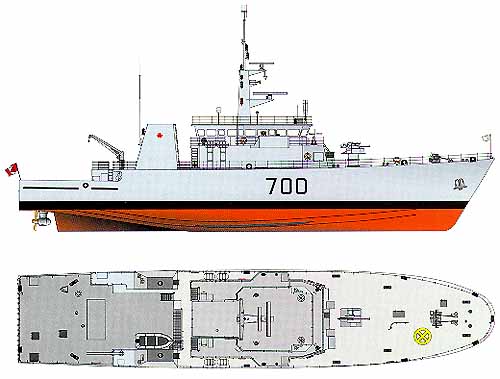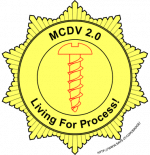- Reaction score
- 5,852
- Points
- 1,260
From the info-machine, out late yesterday afternoon (also attached if link doesn't work for you) ...
National Defence Puts U.S. Navy Technology to Work Protecting Canada and Its Allies
August 26, 2016 – Gatineau, Que.
The Government is dedicated to building a more agile, better-equipped military, while ensuring the best value for Canadians.
The Government of Canada announced today that it is buying an existing unmanned aerial surveillance system, through a government-to-government contractual arrangement (U.S. Foreign Military Sales program) with the U.S. Government. The contract, which is valued at US$14.2 million, includes initial training.
The RQ-21A Blackjack is a small unmanned aircraft that will provide the Canadian Army with persistent, real-time intelligence through aerial surveillance and reconnaissance. It is a critical component of the Land Force Intelligence, Surveillance, Target Acquisition and Reconnaissance program. The system will be used for surveillance purposes only and will offer imagery and communication capabilities to help give soldiers an operational advantage in all environments. It will allow Army commanders to immediately identify threats, to take time sensitive decisions, and to respond quickly.
Canada is the first foreign military to acquire the system from the U.S. Navy. The system includes five unmanned aircraft, two ground control stations and one launch and recovery system. Each aircraft is capable of providing surveillance coverage of over 100 km for over 12 hours.
The Blackjack is produced by Boeing Insitu, based in Bingen, Washington. Once delivered to the Canadian Army in 2017, the system will be based out of Canadian Forces Base Gagetown and operated by the 4th Artillery Regiment (General Support).
Quotes
“Buying innovative and proven defence technology directly from our allies is just one of the many ways in which the Government of Canada is able to deliver the right equipment to the Canadian Armed Forces at the best value for Canadians.”
The Honourable Judy M. Foote
Minister of Public Services and Procurement
“The Blackjack aerial surveillance system will provide the Canadian Armed Forces with modern, sophisticated technology that will give commanders the situational awareness they need to conduct missions effectively. We are pleased to work cooperatively with the U.S. government and the U.S. Navy to bring this leading-edge technology to Canada.”
The Honourable Harjit S. Sajjan
Minister of National Defence
Quick Facts
The Canadian Armed Forces requires rapid access to relevant information about the environment in civil or military situations, and only a family of unmanned aircraft vehicles can meet the diverse intelligence demands of a modern battlefield.
The RQ-21A Blackjack is a runway independent system that can carry multiple payloads, which makes it a flexible, multi-mission platform that could be used on foreign operations, and that could be called upon by the government to support domestic operations such as a G8 Summit or even a natural disaster.
The system was procured through the U.S. Foreign Military Sales program with the U.S. Government.





